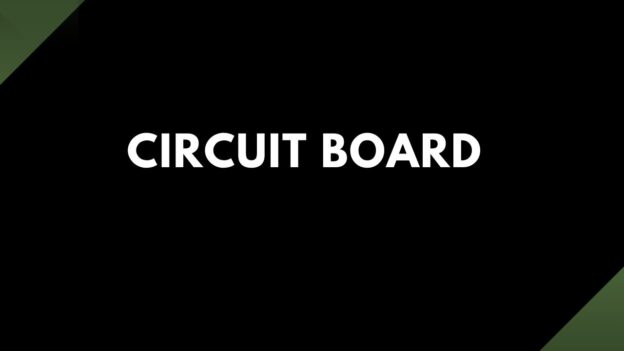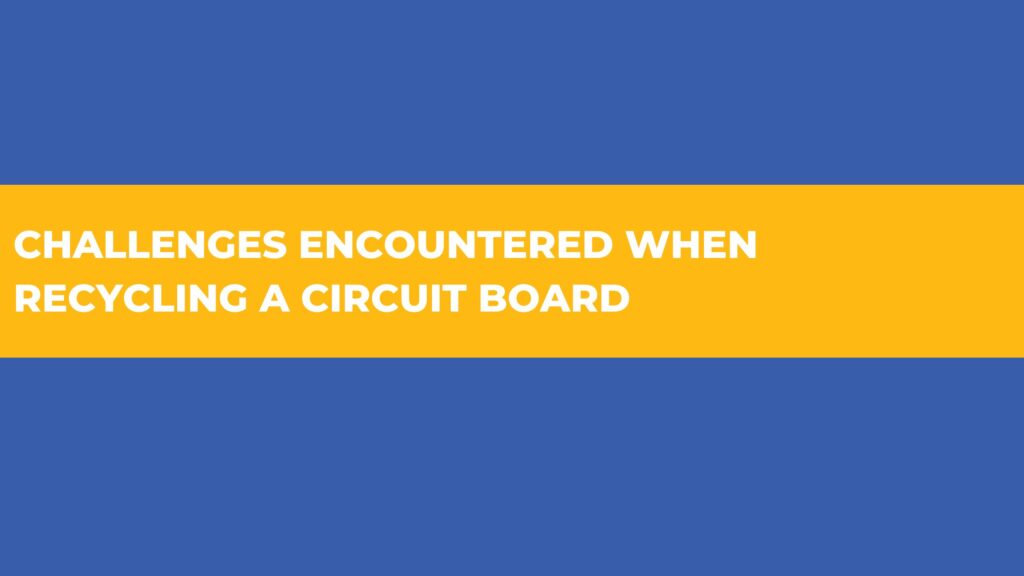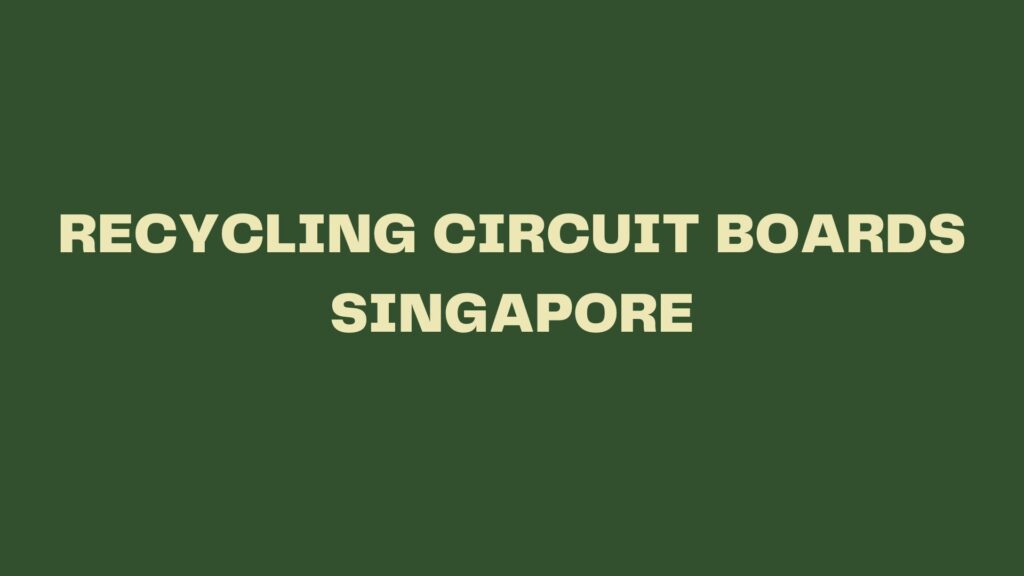RECYCLE CIRCUIT BOARD
To talk about the recycling of a circuit board one must understand what a circuit board is.A circuit board is a physical piece of technology that allows for the assembly of electrical od data circuits on a horizontal layer of material.
Prior to the emergence of the printed circuit board, engineers often used point-to-point construction to create these hardware pieces. However, in the early 1900s, printed circuits boards became the norm. Milling, chemical etching and manipulation of material layers with precise laser technologies are some of the ways in which modern circuits boards are designed.
Are Circuit Boards Recyclable ?
We will base our answer from Taiwan. Due to years of research-by-research institutes, the recycling industries and the government promotion, the recycling of wastes from printed circuit board processes that contain valuable material has been very fruitful in Taiwan. This was under commercial resource recycling process where in just the creation of the circuits there was recovery of materials like:Copper metal from edge trim of printed circuit boards, Tin metal from tin remainders/lead solder dross,Copper oxide from wastewater sludge, Copper from spent basic etching solution, Copper hydroxide from copper sulphate solution in PTH process, and Copper from the rack stripping process.
Recycle Of the Printed Circuit Boards(PCBS)
There is no simple way of answering the question since can partially recycle PCBs as you can only recover the copper and FR-4. The fiberglass is likely over time degraded and will not get recycled, but you can downcycle it. This process means you will reuse it for a low-tech application like building insulations.
How Are PCBs Recycled
It is important to understand the methods we can use to recycle them. There are three primaries. One is the Thermal Recoveringwhere PCBs are heated to a high temperature to recover the metals present on the board. Thermal recovery will incinerate the FR-4 but retain the copper. The second method is Chemical Recoveringwhere you will use bed of acid to recover the metal from the PCBs. The board gets put into the acid which unfortunately destroys the FR-4. The last is Physical Recoveringwhich involves the shredding, smashing, breaking and separating of the metal from non-metal components.
Downsides of the above methods
One is that Thermal recovery creates harmful gases in the air like lead and dioxin. In addition, Chemical recovery creates a large quantity of wastewater that needs treatment before you can dispose of it properly. Moreoverphysical recovery it is hazard for anyone working around the PCBs due to dust, metal and glass particles which can destroy the respiratory system if there is prolonged exposure.
Conclusion
Yes, we can recycle PCBs but not every component of them. The main recycling parts would be copper and tin.
As highlighted the methods used to recover these above components can impact our environment hazardously and not only to the environment but also to the operators that do them. Recycling PCBs makes sense for sustainability and productivity, but we all have a role to play in ensuring the betterment of our day tomorrow.
For More Information drop an email to [email protected]
Services Offered :- Singapore, Australia, New Zealand , Penang, Batam , Hongkong, Manila, Batangas, Laguna, any location in Philippines, Maldives, Thailand, South Korea, Myanmar, Indonesia




